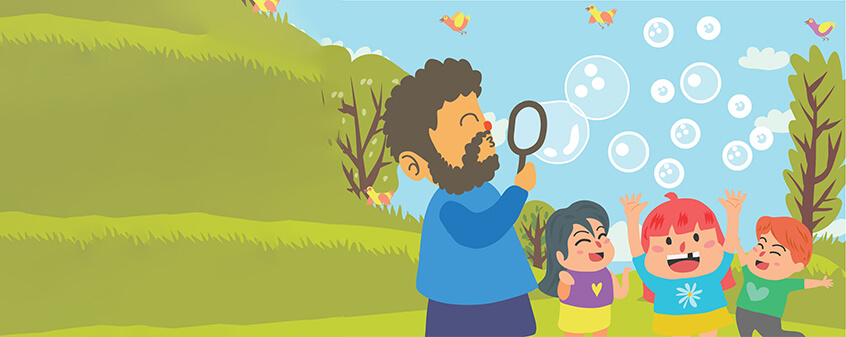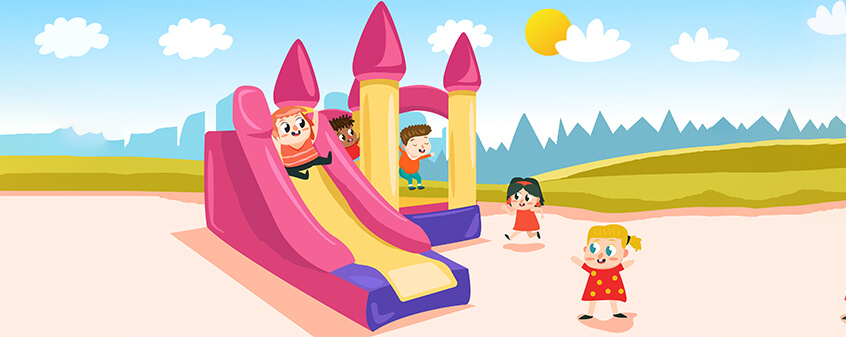Each child is unique and process information about the world using different senses. Some are auditory learners, others visual and so on. Hence the teaching methodology implemented in a preschool needs to cater to all learning styles. Teachers teaching preschool children have a great responsibility as they are part of the foundation years of children. They need to be attentive to each child’s learning style and teach accordingly. This is where training plays an important role.
The future is unpredictable since technology has invaded our lives. In uncertain times like these, it is important that we empower children with skills that will help face the challenges. Content is no longer the crux of education. Skills like critical thinking, problem-solving etc. and habits of mind like persistence, managing impulsivity, lifelong learning, collaboration, and so on will equip children to meet the changing world.
There are various theories that can be used whilst teaching a child, like the Multiple Intelligence, Bloom’s for Higher Order Thinking Skills., neuroscience (how brain learns best). Schools should take the effort of developing their own curriculum that caters to all learning styles.
A key technique a teacher can use is to observe each child and determine his/her learning style, prior knowledge (what they already know) and then start building on the base to leave a lasting impact. The biggest accomplishment of any classroom is capturing the attention of young minds and putting across information for long term retrieval and application.
As educators one thing to keep in mind is that learning is an active process that must involve children’s involvement. This means the teacher in class has to ensure all children are engaged and they learn what is being taught to them. Hence schools need to have a robust training team that spends a lot of time on developing teachers and make them mindful while teaching. This includes focused learning outcomes with a balance of guided and child initiated play with supervised adult interaction. To facilitate this effective implementation, classroom experiences need to be highly engaging with implementation of innovative teaching methods.
This is what an interactive curriculum would look like. For example when we talk about Life In and Around Water the curriculum is created on these guidelines.
Various techniques teachers can use is:
-
Integrate technology: showing children videos or picture on the subject always help. Children grasp visuals faster.
-
Create learning aids: a work sheet with the topic or toys on the subject. In case of life in and around water, all sea creatures can be used.
-
Differentiated instruction: for an auditory learner an audio clip can be used, while a visual learner can see a video and so on.
-
Goal setting: make children set a goal for themselves and then give them a reward for achieving their goal. This motivates children.
-
Parent: We need to make parents our partners in educating the child. Schools need to involve parents to facilitate active learning outside the school environment. Studies indicate that children whose parents share in their education tend to do better in school.
-
Assessment: The assessment should be connected to the curriculum learning objectives as stated in the monthly plans. The focus should be on the process of learning rather than the product.
The ongoing cycle is to:
-
observe children,
-
guide their learning and
-
Assess their progress.
One of the most important things a teacher should remember is that they should continuously keep upgrading, studying, reading and educating themselves on how to teach children better. As in the age of technology everyday there are new ways of doing things and if used rightly technology is a Boon, when used effectively.








